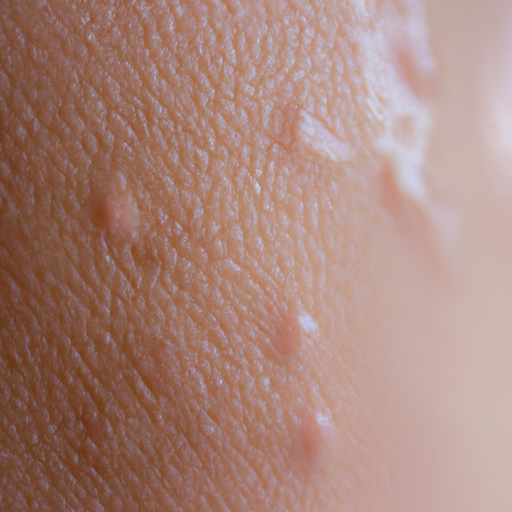As a medical professional, I often encounter patients who are frustrated with their oily skin. They feel that their complexion is constantly shiny, their makeup doesn’t stay on, and they’re more prone to breakouts. This is a common issue, affecting both men and women, and it’s important to understand the causes and symptoms of oily skin to effectively manage it.
Oily skin is characterized by an excess production of sebum, an oily substance produced by the sebaceous glands in the skin. Sebum is not inherently bad; in fact, it’s essential for maintaining skin health. It keeps the skin moisturized and protects it from environmental aggressors. However, when produced in excess, sebum can lead to a glossy appearance and clogged pores, which can result in acne.
There are several symptoms of oily skin. The most obvious one is a shiny or greasy appearance. You may also notice that your pores are visibly larger, especially on your nose, chin, and forehead. Oily skin can also lead to frequent breakouts or acne, blackheads, and whiteheads. If you find that your makeup doesn’t stay on well throughout the day, this could also be a sign of oily skin.
Understanding the causes of oily skin is crucial for effective management. There are several factors that can contribute to excess sebum production.
Firstly, genetics play a significant role. If your parents have oily skin, there’s a good chance you will too. Hormonal changes can also affect sebum production. For instance, teenagers often experience oily skin during puberty due to increased hormone levels. Similarly, women may notice their skin becoming oilier during certain times in their menstrual cycle, pregnancy, or menopause.
Stress is another factor that can increase oil production. When you’re stressed, your body produces more cortisol, a hormone that can stimulate oil production. Furthermore, environmental factors such as humidity and heat can also make your skin oilier.
Contrary to popular belief, using harsh skincare products can also contribute to oily skin. When you strip your skin of its natural oils, it can respond by producing even more oil to compensate. Therefore, over-washing your face or using alcohol-based products can exacerbate oiliness.
Now that we’ve unmasked the glossy truth about oily skin, let’s discuss how to manage it. It’s important to maintain a consistent skincare routine that involves cleansing, toning, and moisturizing. Use products specifically designed for oily skin, which help regulate sebum production without stripping the skin of its natural oils.
Exfoliating once or twice a week can also help remove excess oil and dead skin cells. However, avoid over-exfoliating as it can irritate the skin and trigger more oil production.
Remember, diet also plays a role in skin health. Consuming a balanced diet rich in fruits, vegetables, lean proteins, and healthy fats can help improve your skin’s condition. Limiting processed foods and sugars, which can stimulate oil production, is also beneficial.
In conclusion, while oily skin can be frustrating, understanding its causes and symptoms can help you manage it effectively. Remember that everyone’s skin is different, and what works for one person may not work for another. If you’re struggling with oily skin and over-the-counter products aren’t helping, consider consulting a dermatologist. They can provide personalized advice and treatment options based on your specific needs and skin type.




